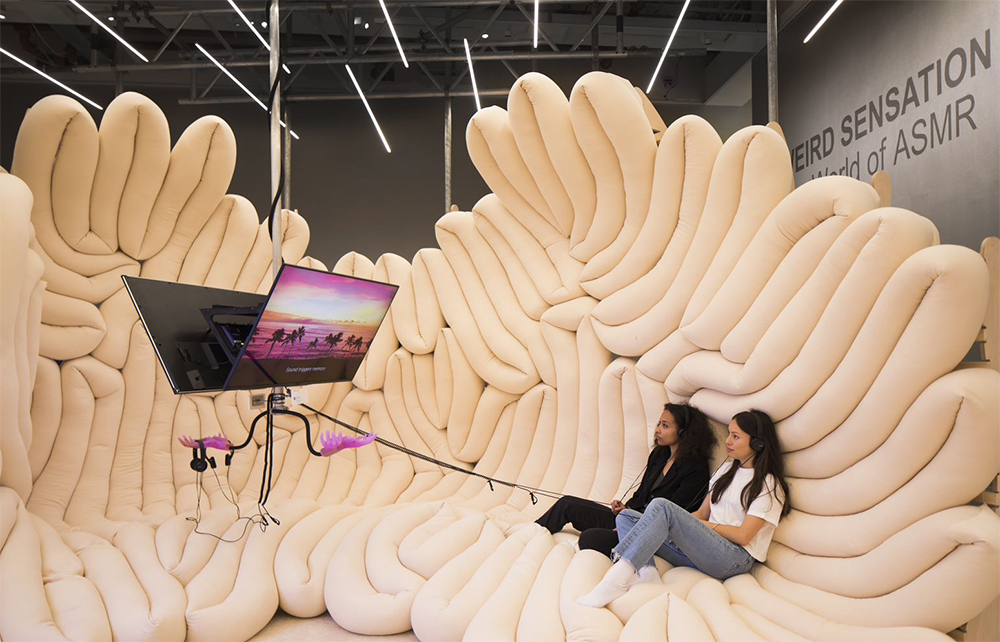Already a subscriber? Log in
This article is for subscribers only
Subscribe and get your first month of access for free. After that it’s just £10.99 a month.
There’s no commitment, you can cancel any time.
- Unlimited access to our website and app
- Enjoy Spectator newsletters and podcasts
- Explore our online archive, going back to 1828







Comments
A blooming good offer
Join the conversation with other Spectator readers by getting the next 3 months for £3.
CLAIM OFFER 3 months for £3Already a subscriber? Log in